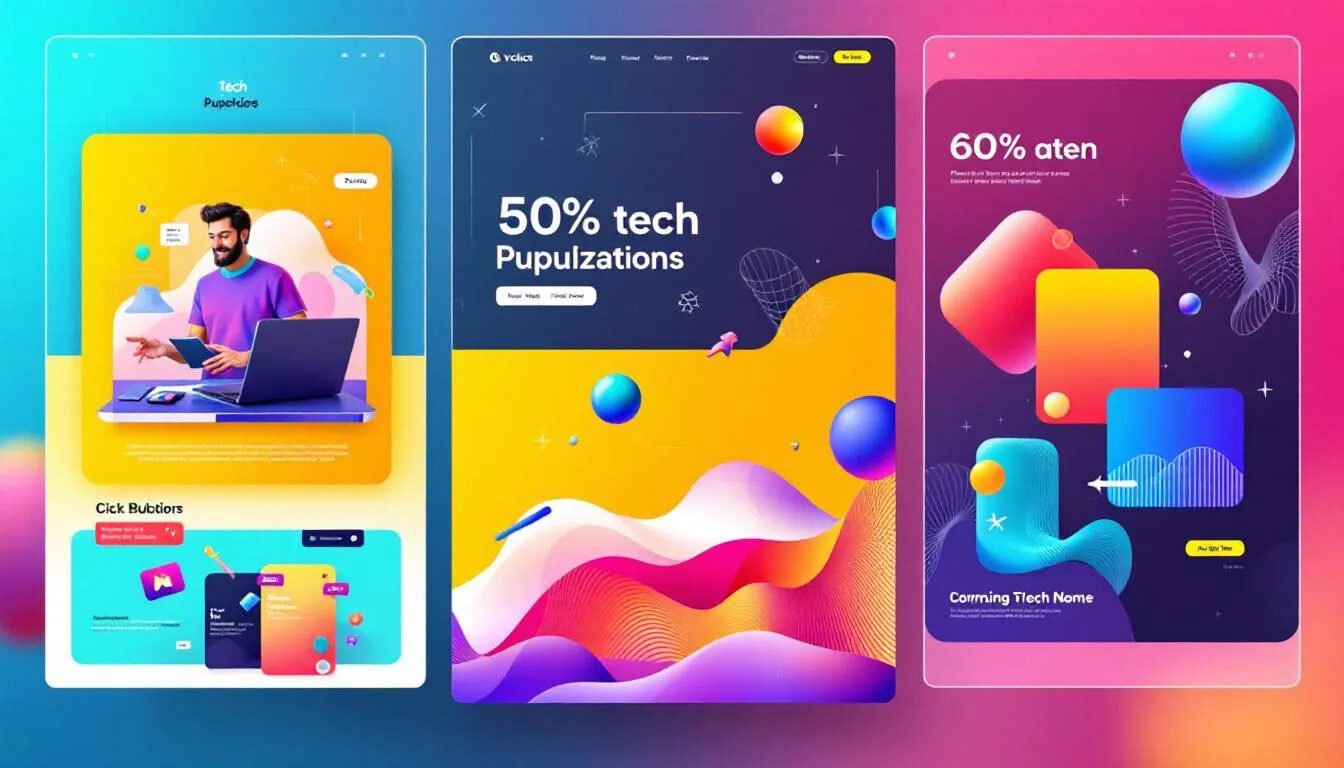
Go Beyond ‘Vanity Metrics’ with Your Marketing
Social media can be addictive given that it’s interactive and fun to use. Getting new Twitter followers or retweets, positive comments on a post, and receiving Facebook ‘shares’ and ‘likes’ provides a quick shot of marketing adrenaline and a little boost of confidence, too. The same goes for subscribers opening your email newsletter and downloading your newest e-book. But you may only be focusing on so-called vanity marketing metrics and if your business is in it for the long haul, it’s important to remember the real reason you’re putting time, effort and money into social media: to build brand loyalty and ultimately increase revenue. Those two goals often require looking beyond page views and social media shares to the numbers that really matter for your business’s long-term health.
List building: quality vs. quantity
One area many businesses focus on is building a big customer contact list. While large companies often flex their marketing muscles by hosting contests with big prizes, it’s crucial for small businesses to be more strategic. While big brands can get away with burning a lot of cash with untargeted giveaways and adding random people to their email lists, entrepreneurs and local brick-and-mortar shops can rarely afford that.
“Sometimes startups focus on big brand marketing, because they think that’s what will turn them into a big brand, but it’s not,” says Brant Cooper, co-author of New York Times bestseller The Lean Entrepreneur. Instead, it’s important to start small—and be very specific in the type of people you are trying to reach.
“Focus on the people who are most passionate about your product,” Cooper recommends, especially if they’re all in just one market segment. “If you’re not buying Super Bowl ads,” he quips, “you shouldn’t be worried about adding a million random people to your email list.” The size of your email list only matters if there is a high level of engagement in that base, so more gradual and refined growth is not just okay, it’s key to success. For example, an email campaign with the objective of getting recipients to click on a call-to-action actually suffers if it is sent to an unengaged group. We’ve always advised to build quality over quantity. Your subscribers have to want to hear from you to get any engagement.
Another reason to pursue slower list growth: a large subscriber group is more likely to be diverse in their interests and habits and thus far harder to market to than even a smaller group that shares similarities beyond simply using the same product. The former can lead to a large email list with subscribers who aren’t really invested. Many won’t read and share content, respond to prompts or buy what you’re selling.
Downloads versus users
One common marketing strategy is to provide a free tool or highly useful downloadable content such as a guide or e-book for users. It’s easy to focus on how many people download your product but what you really want are users, people who found your product compelling and continue to get utility out of it. Look at the bigger picture and think about converting prospective users into customers. Is your list targeted or diverse? Making sure your sales funnel can convert users is at least as important as creating that snazzy white paper. “Is your conversion rate high enough that the cost of producing the e-book, including labor, is made up for?” is the question Cooper recommends asking.
Look at the entire funnel
“You can even think of revenue as being a vanity metric,” Cooper says, if you’re simply focusing on short-term numbers. “You can hire someone who can go in and sell your product and get sales, but not necessarily get repeat sales. Are you selling to the right segment? Are you going to be able to scale that? Just getting a certain number of sales doesn’t necessarily tell you whether you’re on track,” he explains.
Figuring out which marketing metrics to target often means taking a step back, forgetting about process for a moment and taking the long view toward your ultimate marketing goals.
“If you’ve got a one percent conversion rate or a one percent click-through rate on an email you sent out to a million people,” Cooper explains, “increasing your list by 1,000 doesn’t really mean much to you.” In that situation, adding subscribers isn’t the best strategy. If, however, “you increase your conversion rate from 1 to 2 percent, you’ve actually done something pretty significant.”
Each business is different, and specific strategies are never wholly right or wrong. They just might not be useful for an overall objective. Being aware of what you’re actually trying to accomplish and coming up with the most efficient path to that end goal—and making sure everyone on your team is aware of their role towards this common objective and where it fits in your sales funnel—will help immensely in accomplishing your goals.
This post contributed by guest author, Yael Grauer. Grauer is a Minneapolis-based freelance writer and editor. Find her online at Yaelwrites.com.
© 2013 – 2018, Contributing Author. All rights reserved.



